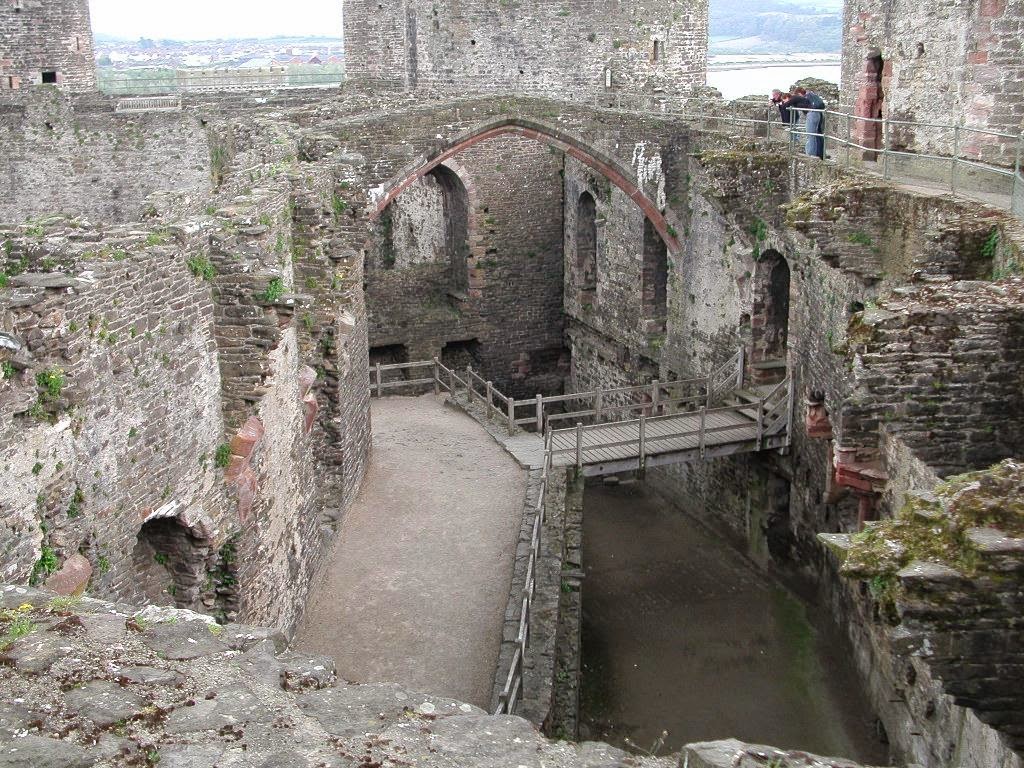Medieval Period: Between Ancient & Modern
Overview
Timeline
The Medieval Period is the time in human history that began when the Roman Empire fell. It lasted a thousand years, from around the 5th to the 15th Century AD, until the start of the Modern or Renaissance Period. After the collapse of the Roman civilization, 3 empires inherited its legacies - the Byzantine, Islamic & Western Europe civilizations. This blog entry will only focus on the Western European history. http://www.saylor.org/site/wp-content/uploads/2012/10/HIST201-1-LegacyofRomanEmpire-FINAL1.pdf
The Medieval Age is such a long period that it is often classified into 3 sub periods:
- The Dark Ages, often referred to as the Early Middle Ages or Late Antiquity (5th-10th century)
- High Middle Ages (11th - 13th century)
- Late Middle Ages (14-15th century) http://en.wikipedia.org/wiki/Timeline_of_the_Middle_Ages
Historians often call the first period the Dark Ages because there were hardly any literary, artistic or cultural creations or advances that came from this period. http://www.saylor.org/site/wp-content/uploads/2012/10/HIST201-1-LegacyofRomanEmpire-FINAL1.pdf Not much was known about this time in history because unlike the Romans who kept complete records of their civilization, there was no central government that kept a complete recording of events right after the Roman Empire fell. (http://www.ducksters.com/history/middle_ages_timeline.php) In this era, the Western European civilization was the weakest among the three empires.
Social & Philosophical Contexts
The Medieval Age is largely defined by wars, battles, bloodsheds and lots of violent fightings. Internal conflicts as well as threats from invaders were a major theme in this era. The Holy Wars or religious wars between the Islamic Empire and Christianity (called The Crusades) also happened in this age.. http://www.saylor.org/site/wp-content/uploads/2012/10/HIST201-1-LegacyofRomanEmpire-FINAL1.pdf
2700 Muslims executed by Richard the Lionhearted at Acre (3rd Crusade 1189-93)
This was also the time when feudalism began to take hold. Feudalism is a social and political system where kings ruled over the lords and the lords ruled over the knights and vassals and in turn, these knights & vassals ruled over the peasants and serfs. http://www.saylor.org/site/wp-content/uploads/2012/10/HIST201-1-LegacyofRomanEmpire-FINAL1.pdf
From feudalism, manorialism naturally came into existence. Manorialism is the economic system where the nobles give a piece of land known as fief to the knights and vassals in exchange for their loyalty and military service whenever it was needed. The fief includes the manor or estates and villages where peasants and serfs lived and worked in the land in exchange for protection from invaders. http://gibsonworldhistory.weebly.com/lesson-2-feudalism-and-manorialism.htm
The High Middle Ages saw the birth of a new socio-economic class. This was brought about by a booming economy. They were the merchants and skilled artisans who rose from the ranks of peasants. They occupied the position below the knights and vassals and above the peasants and serfs.
Aesthetics
Castles: The Symbol of the Medieval Times
Today when people talk about the Medieval Period, one immediately conjures up images of castles and knights in shining armour. It is after all, the era's most tangible legacy to the world and the most distinctive mark of the Medieval Age.
Castles were usually built on the highest point of the land so normally it would be on the top of a hill. This is so that the knights can see their enemies from afar. From this high vantage point, they can easily shoot arrows at invaders. Some castles are surrounded by a moat which is a deep ditch dug around a castle and filled with water. A drawbridge that can be raised up and down as needed was one of its first line of defense. http://medievaleurope.mrdonn.org/castles.html
Some Famous Medieval Castles
Blarney Stone Castle in Ireland
Fortress of the Knights (Krak des Chevaliers) in Syria. It was built in the 10th Century and was one of the most important medieval military castle. It played a big part in the First Crusade. A century later it became a hospital. http://medievalcastles.stormthecastle.com/mysterious-medieval-castle-identified.htm
Windsor Castle was first built during the 11th Century in England. It was first built in timber and mud, then later on fortified with stone. It is the oldest and largest inhabited castle in the world. It is now used as the official summer residence of the Queen and is a famous tourist spot.http://www.londonpass.com/london-attractions/windsor-castle.html
Evolution of Medieval Castle Architectural Style
The Medieval architectural style went through many changes as building, knowledge and living standards improved through the centuries.
1) Romanesque/Norman
A) Timber Motte and Bailey CastleB) Stone Motte and Bailey castles
(replaced the timber structures because of its susceptibility to fire)
C) Square Castle Keep/Tower
D) Round Castle Keep
E) Shell Castle Keep (Replaced the wooden palisade)
2) Edwardian Medieval Architecture ( Concentric Castle) Feature: Double Wall for Defense (High Inner & Low Outer Wall); Alternate positioning of tower
3) Medieval Gothic Castles (3 Phases)
A) Early English Gothic
B) Decorated Gothic
C) Perpendicular Gothic
http://medievalcastles424.weebly.com/architecture.html
What is a Battlement?
Battlement - a low wall at the top of a castle with open spaces where the knights shoot their arrows through. The open space is called crenel. The merlot is the walled part where they take shield.http://www.merriam-webster.com/dictionary/battlementTypical Castle Floor Plan
Motte & Bailey
Square Keep
Shell Keep
Concentric Castle
Gothic
A Quick Look Inside Medieval Castles
Hallway - Limassol Castle in Cyprus
Latrine - a medieval toilet
Vladislav Hall in Prague
Moat, Bailey, Bridge
Chambers in Warkworth Castle, England
Stairs - Kolossi Castle in Cyprus
..... And they lived happily ever after......
The End





































2 comments:
Good luck & keep writing such awesome content.
Virgin Linseed Oil BP
flaxseed oil
cmsed
Approved Auditor in DAFZA
Approved Auditor in RAKEZ
Approved Auditor in JAFZA
i heard about this blog & get actually whatever i was finding. Nice post love to read this blog
Approved Auditor in DMCC
Post a Comment